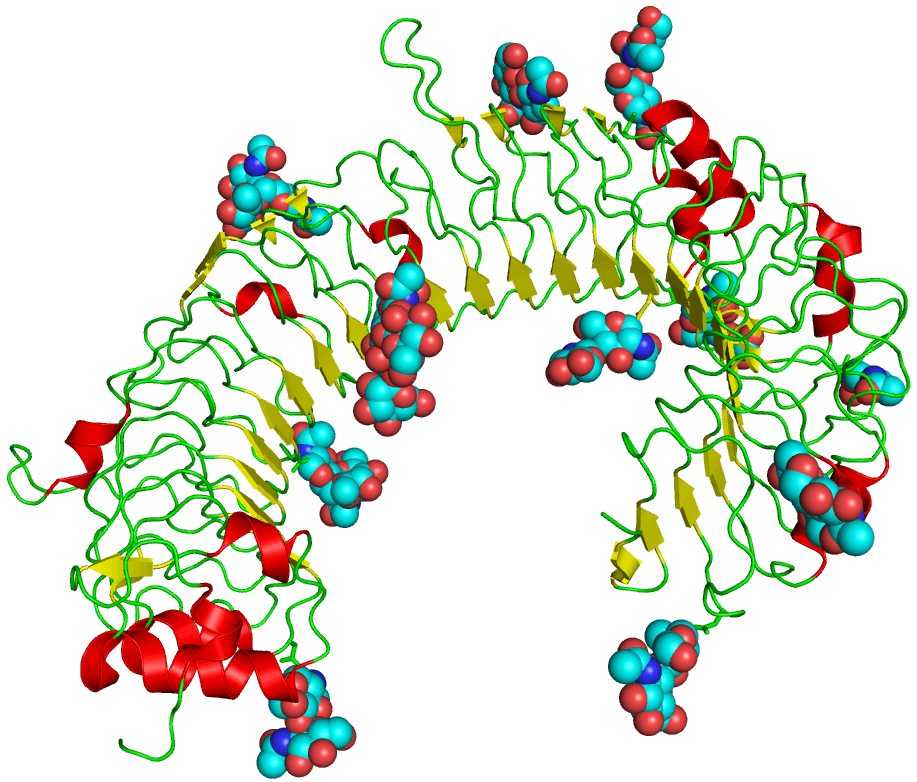Practical Techniques for Detection of Toll-Like Receptor-4
6/3/2014
Ungaro R, Abreu MT, Fukata M. Practical Techniques for Detection of Toll-Like Receptor-4 in the Human Intestine. Methods Mol Biol. 2009;517:345-61. doi: 10.1007/978-1-59745-541-1_21.
The human intestine has evolved in the presence of a diverse array of luminal microorganisms. In order to maintain intestinal homeostasis, mucosal immune responses to theses microorganisms must be tightly regulated. The intestine needs to be able to respond to pathogenic organisms while at the same time maintain tolerance to normal commensal flora. Toll-like receptors (TLRs) play an important role in this delicate balance. TLRs are transmembrane noncatalytic receptor proteins that induce activation of innate and adaptive immune responses to microorganisms by recognizing structurally conserved molecular patterns of microbes. Expression of TLRs by intestinal epithelial cell is normally down-regulated to maintain immune tolerance to the luminal microorganisms.One of the challenges of TLR research in the human intestine is that it is difficult for many experimental methods to detect very low expression of TLRs within the intestinal mucosa. Quantitative methods such as PCR are limited in their ability to detect TLR expression by specific cell types within a tissue sample, which can be important when studying the contribution of TLR signaling to pathological conditions. In this regard, immunohistochemistry (IHC) is advantageous in that one can visualize the distribution and localization of target proteins within both normal and pathologic parts of a given tissue sample. We found that a subset of human colorectal cancers over-express TLR4 by means of immunofluorescence (IF) and IHC methods. Localization of TLR4 within cancer tissue often appears to be patchy, making IHC an appropriate way to examine these changes. We will describe our current techniques to detect TLR4 in paraffin-embedded human large intestine sections. Establishing a practical IHC technique that may provide consistent results between laboratories will significantly enhance understanding of the role of TLRs in human intestinal health and disease.





